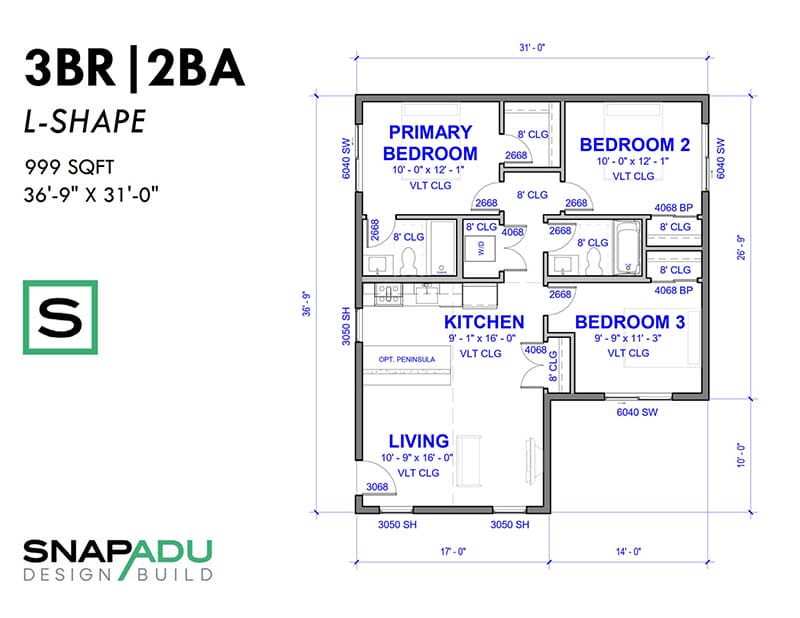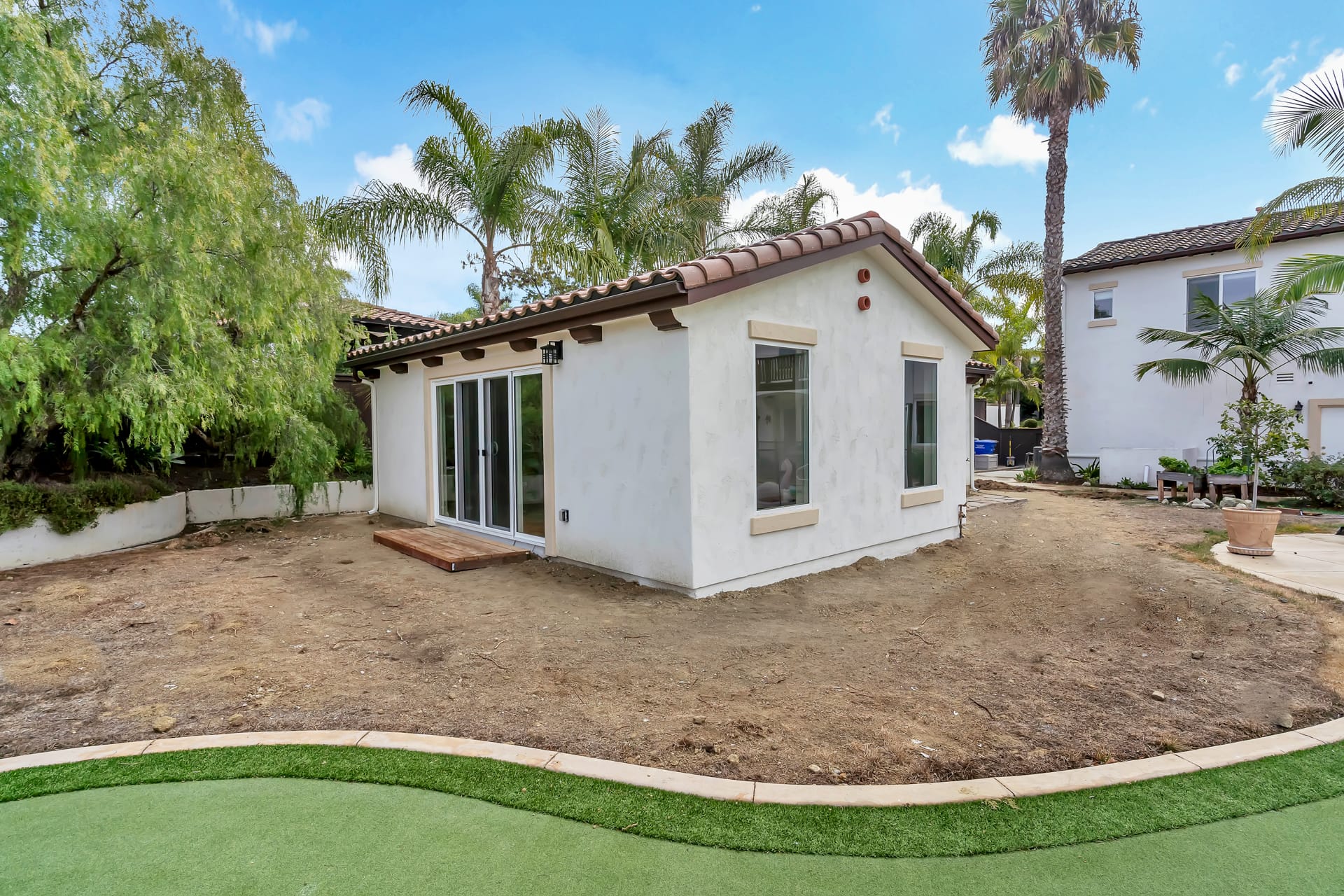Preliminary twenty day notices, lien rights, and lien waivers are a normal part of every construction project, especially when working with reputable companies that perform work upfront before being paid.
If you’re planning on building an accessory dwelling unit (ADU), it’s important to understand how lien rights and lien waivers can impact your project. In short, lien rights are legal claims that contractors and subcontractors have against a property if they are not paid for their work. Meanwhile, lien waivers are legal documents that can help protect property owners from potential payment disputes with contractors or subcontractors.
Perhaps you received a “Preliminary 20 Day Notice” in the mail and are wondering what this means for your ADU project. In this blog, we’ll provide an overview of lien rights and lien waivers in California, discuss their place in ADU construction, and provide tips for property owners to navigate the lien waiver process.
Why do contractors establish lien rights?
When a contractor or vendor supplies labor and/or material to a jobsite, there is little recourse to recoup those costs if payment is not received. The only practical recourse would be to file a lien against the property.
Lien rights are legal claims that contractors, subcontractors, or suppliers have against a property if they are not paid for their work or materials provided in a construction project. These claims give them the right to place a lien on the property, which can prevent the property owner from selling or refinancing the property until the outstanding debts are paid.
However, liens cannot be arbitrarily filed against properties without first establishing the right to do so. Establishing the right to file a lien is done by issuing the property owner a “Preliminary 20 Day Notice.”
What is a “Preliminary 20 Day Notice?”
A preliminary 20-day notice is a document that a contractor, subcontractor, or supplier may file to protect their lien rights in California. The document must be sent to the property owner within 20 days of the work or materials being provided, and it serves as a notification that the sender may place a lien on the property if they are not paid for their work.
It is important to note that the 20-day notice is not a lien. The document merely establishes the right to lien the property. In order for a lien to be filed against the property, the contractor or vendor would need to be denied payment and then the contractor or vendor would need to formally file a lien. After the lien is filed, the contractor or vendor would then have 90 days to file suit in order to “perfect” that lien.
How should I handle preliminary notices?
During the course of your project, you will receive many Preliminary 20 Day Notices from your general contractors and also subcontractors. If a contractor or vendor does not establish lien rights via a Preliminary 20-Day Notice, then they have no legal ability to lien a property, even if they are not paid.
To protect against liens, the easiest step for a property owner is to hire a reputable contractor who pays their vendors and works with reliable vendors that pay their material suppliers. Provided everyone is acting as they should, liens will never become an issue. However the way to ensure your property is legally protected is to obtain a release for each Preliminary 20 Day Notice you receive.
All of this is simply avoided by payments being received by those supplying material and labor per the terms of their contract. An owner is able to protect themselves and ensure this happens by way of a “waiver and release.”
What is a lien waiver in ADU construction?
A lien waiver and release is a document which accompanies an invoice in which the contractor or vendor waives the right to lien the property upon receipt of payment. Lien waivers are used in construction projects to protect the property owner from potential payment disputes with contractors or subcontractors. In California, a lien waiver for an accessory dwelling unit is a legal document that a contractor or subcontractor signs to waive their right to place a lien on the property for work completed. This document serves as proof that the contractor has been paid and releases the property owner from any further financial obligations related to the work.
What are the different types of lien waivers?
In California, there are four main types of lien waivers that can be used in construction projects. The specific language used in the waiver depends on whether it’s a partial payment (like for work done so far) or final payment, and whether the waiver is “conditional” (contingent on something happening, like getting paid) or “unconditional” (not dependent on anything else).
- Conditional Waiver and Release on Progress Payment: This type of lien waiver releases the right to claim a lien for work done to date upon receiving a progress payment. It is considered “conditional” because it is contingent upon receiving payment for the work completed.
- Unconditional Waiver and Release on Progress Payment: This type of lien waiver says that the contractor gives up the right to claim a lien for the work done so far, without any conditions or qualifications, as soon as they receive payment for that work.
- Conditional Waiver and Release on Final Payment: Similar to #1, but issued for the final payment in the series.
- Unconditional Waiver and Release on Final Payment: Similar to #2, but issued upon final payment.
What is considered “final payment?”
Final payment refers to the last payment that a property owner makes to a contractor or subcontractor for work completed on a construction project. This payment is typically made after all of the work on the project has been finished, and it represents the final amount owed to the contractor or subcontractor.
It’s important to note that final payment can also include any additional payments that are made to the contractor or subcontractor for change orders or other extras that were added to the project after the initial contract was signed. In other words, final payment doesn’t necessarily mean the exact amount that was agreed upon in the original contract, but rather the total amount owed to the contractor or subcontractor at the end of the project.
When a contractor or subcontractor signs a lien waiver that is conditional upon final payment, it means that they are waiving their right to file a lien against the property once they receive that final payment. This protects the property owner from any future liens that may be filed due to payment disputes.
How do I get a lien waiver from my ADU contractor?
Reputable ADU contractors typically provide lien waivers as a standard part of their payment process for construction projects. When the work is completed, the contractor will typically provide an invoice to the property owner, which will include the total amount due for the work completed. Along with the invoice, the contractor will also provide a lien waiver document that waives their right to place a lien on the property for the work completed, once they receive payment.
In some cases, the contractor may use a generic lien waiver form, while in other cases, they may use a customized form specific to the state or local requirements. It is important to note that in California, specific requirements must be met for the lien waiver to be considered valid. Therefore, it is essential that the lien waiver form used by the contractor adheres to California state laws and regulations.
Ultimately, the contractor should ensure that the lien waiver form is clear, concise, and provides sufficient detail about the work completed, the amount paid, and the release of lien rights. Property owners should also ensure that they review the lien waiver form carefully before signing, to ensure that it meets their expectations and requirements. The goal in the end is to prevent payment disputes and protect the interests of all parties involved in the construction project.






0 Comments